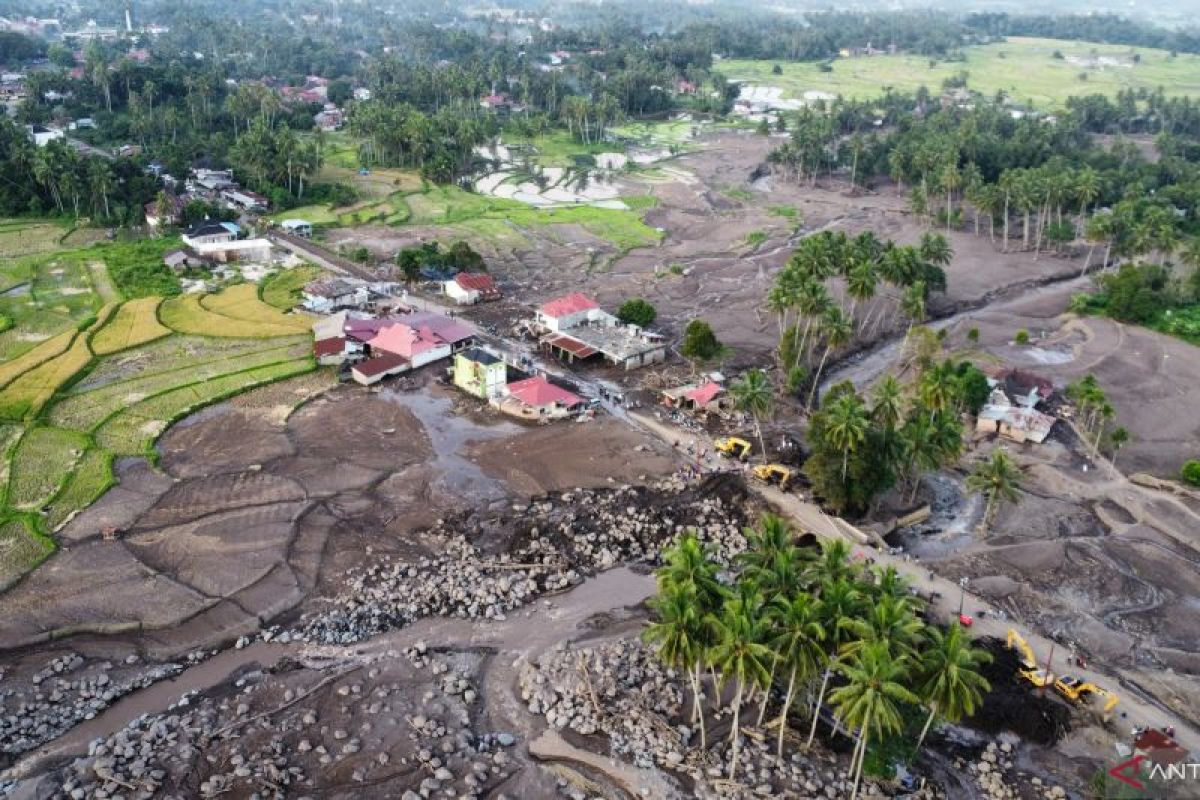Agriculture has long been the backbone of Indonesia’s economy, providing employment, food security, and rural livelihoods for millions. Yet in recent years, the country has been facing what many experts call an Indonesia agriculture crisis. Climate change, land degradation, poor infrastructure, and declining farmer interest are driving a dangerous downward spiral in productivity and sustainability. Amid these challenges, young Indonesians, including university students, are stepping forward with fresh ideas and innovative solutions to protect the future of farming.
This article explores the current state of Indonesia’s agriculture, the key challenges it faces, and the promising role of youth-driven innovation in reshaping farming practices.
The Scale Of Indonesia Agriculture Crisis
Indonesia has over 270 million people, making it one of the world’s most populous countries. With such a large population, the stability of food systems becomes a matter of national security. However, the Indonesia agriculture crisis has revealed structural weaknesses. Farmers are growing older, with the average age now above 50. Younger generations are less interested in farming, perceiving it as labor-intensive and unprofitable.
According to Statistics Indonesia (BPS), rice production has stagnated in recent years despite government programs. At the same time, imports of staple foods such as soybeans, sugar, and wheat are increasing, highlighting Indonesia’s growing reliance on foreign supply chains. This dependency creates risks during global disruptions, such as the food price spikes triggered by the Russia-Ukraine war.
Climate change adds further stress. Rising temperatures, irregular rainfall, and floods threaten rice fields across Java, Sumatra, and Sulawesi. The Food and Agriculture Organization (FAO) warns that extreme weather could reduce Indonesia’s rice yields by up to 20 percent in coming decades if no adaptive measures are taken. These realities make the Indonesia agriculture crisis not only an economic issue but also a pressing humanitarian concern.
Drivers Behind The Agricultural Decline
Several interconnected factors explain why the Indonesia agriculture crisis has deepened.
1. Land degradation and urbanization. Arable land is shrinking as cities expand, particularly around Java, which has historically been the country’s rice basket. Fertile farmland is increasingly converted into industrial estates and residential complexes.
2. Low productivity and outdated techniques. Many farmers continue to rely on traditional methods. Mechanization levels remain low compared to neighboring countries such as Thailand and Vietnam. Limited access to modern seeds, irrigation systems, and digital tools keeps yields stagnant.
3. Farmer welfare and lack of incentives. Farming incomes are often below the national minimum wage. As a result, younger Indonesians view agriculture as unattractive, fueling rural-to-urban migration.
4. Supply chain inefficiencies. Poor logistics and infrastructure mean that farmers struggle to get fair prices for their crops. A significant portion of harvests is lost during transportation and storage.
Together, these drivers have created a situation where Indonesia risks losing its agricultural competitiveness while becoming more vulnerable to food insecurity.
Youth Responses To Indonesia Agriculture Crisis
Despite the bleak picture, hope is emerging through the initiatives of young people. Indonesian university students and grassroots communities are introducing creative responses to the Indonesia agriculture crisis, blending technology, environmental awareness, and entrepreneurship.
For example, students from Diponegoro University (Undip) recently launched agricultural innovation projects focusing on smart farming and sustainable practices. By using Internet of Things (IoT) devices, sensors, and data-driven approaches, they aim to optimize irrigation, reduce fertilizer misuse, and boost crop yields.
Other youth-led organizations are exploring urban farming, hydroponics, and vertical agriculture, allowing food to be grown in limited spaces in cities. These models not only address food security but also attract younger generations who are interested in combining technology with sustainability.
Furthermore, social enterprises led by young Indonesians are creating platforms to connect farmers directly with consumers through digital marketplaces. These initiatives cut out middlemen, ensuring that farmers get better prices while consumers access fresher produce.
Such youth-driven approaches are vital to reversing the Indonesia agriculture crisis. They also highlight the importance of education and research in equipping the next generation with the skills to modernize farming.
The Role Of Government And Policy Support
While innovation from young people is promising, scaling these solutions requires strong government backing. The Indonesian government has already announced several programs to support agriculture, including subsidies for seeds and fertilizers, as well as funding for irrigation infrastructure. However, critics argue that these policies often favor short-term fixes rather than long-term sustainability.
To address the Indonesia agriculture crisis, policymakers must prioritize:
- Investment in agricultural research and innovation. Collaboration with universities and startups can accelerate the adoption of precision farming technologies.
- Land protection policies. Preventing excessive conversion of farmland to industrial use is critical to maintaining food security.
- Incentives for young farmers. Offering financial support, training, and credit access can encourage more youth to view farming as a viable career.
- Sustainability programs. Encouraging organic farming and climate-resilient practices will ensure that agriculture adapts to global environmental shifts.
Such systemic reforms, when combined with grassroots innovation, can provide a roadmap to overcome the Indonesia agriculture crisis.
A Path Toward Agricultural Transformation
The story of young Indonesians responding to agricultural decline is not just about innovation but also about resilience. It reflects a broader determination to ensure that agriculture continues to feed the nation, provide livelihoods, and protect the environment.
If successful, these efforts could transform farming into a sector that is not only productive but also attractive to future generations. By bridging tradition with technology, and policy with innovation, Indonesia has the chance to emerge stronger from its current challenges.
Ultimately, the Indonesia agriculture crisis is both a warning and an opportunity. A warning of what will happen if inaction persists, but also an opportunity for young innovators to redefine how food is grown, distributed, and consumed in the world’s fourth most populous nation.
Read More






 Wednesday, 07-01-26
Wednesday, 07-01-26







